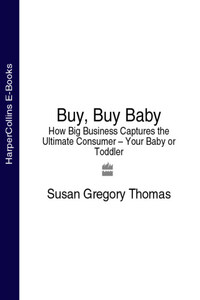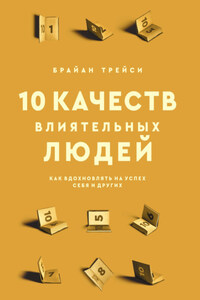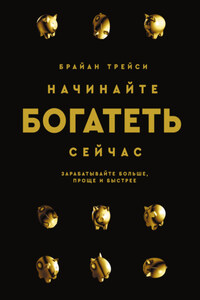Everyone [in America] is in motion, some in quest of power, others of gain. In the midst of this universal tumult, this incessant conflict of jarring interests, this continual striving of men after fortune, where is that calm to be found which is necessary for the deeper combinations of the intellect?
— ALEXIS DE TOCQUEVILLE, Democracy in America
IT IS A MIDSUMMER DAY, about one o’clock, at the midtown Manhattan power-lunch landmark Oceana. The dining room conveys the quiet, streamlined elegance of a stateroom on a luxury liner, the ideal backdrop for the muted, intent conversations that typically take place here. It is not unusual to spend upward of one hundred dollars per person for lunch at Oceana, but the typical guest does not pay out of her own pocket for meals here. This is a place where executives capitalize on their corporate tabs to lay the unofficial foundations for deals that will be inked in boardrooms later. On this particular day, a man who is one of the premier kids’ marketers in the United States is perusing the restaurant’s tasting menu. An executive who has been in the field for more than twenty years and done business with Mattel, Hasbro, and Procter & Gamble, he clearly finds this a comfortable milieu; indeed, it is one of his favorite lunch haunts.
For the purposes of my conversation with him, he does not want his name divulged. If the details of what he is about to discuss were attributed to him in print, he chuckles, he “would most likely end up being forced to testify about them in a Senate subcommittee.” His tone is calculatedly offhand, but he is serious about the inflammatory nature of the issue on the table. He is here to discuss how marketers target babies and toddlers as customers. It is, he admits, very controversial to market to such a young group, and most marketers and advertising agencies will tell you they don’t do it. But don’t believe them, he says: they do.
The executive tells me that the moment a baby can see clearly, she becomes a consumer. What he calls the “mini-me” phenomenon encourages children to be brand sensitive at an early age. Today’s infants are crawling and toddling billboards for America’s big brand names, he says, citing the successful business strategies of the Gap and Nike to expand their adult apparel lines to hip clothing for babies and toddlers. Furthermore, he says, all developmental milestones of early life are punctuated by brand names. Babies don’t travel in plain old strollers; they ride in Maclarens, Graycos, or high-end Bugaboos. Their car seats have Eddie Bauer labels. Their nipples are Nuks, their bottles are Playtex or Avent. Their diapers are Huggies with Disney’s Winnie the Pooh or Pampers with Sesame Street characters. He maintains that as soon as a baby or toddler points to McDonald’s Golden Arches, the “brand request” is born: words aren’t required. Even supermarket managers are becoming aware of toddlers’ influence as consumers. At many chains, products for toddlers are placed at their eye level; the child simply grabs the box and hands it to mom, who drops it into the shopping cart.
The kids’ marketing consultant points out that today’s babies and toddlers spend more time in preschool or daycare than they ever have in the past, either because their upper-middle-class parents worry about “socializing” an only child or because both have jobs. The result, from a marketer’s point of view, is that even a toddler is developing a public persona. Peer pressure, a prime medium for marketing to children, starts earlier than ever. But if the executive were forced to name the single most powerful force in targeting toddlers as a market? Easy, he says: television. Sesame Street may have started the revolution in what he calls “toddler TV,” but that show is scrambling to keep its place now. In fact, toddler television has made it possible to calibrate market segments to one-year intervals. It’s Teletubbies for one-year-olds, Blue’s Clues for twos, Barney for threes. If you talk about marketing to babies or toddlers, you are “seen as evil,” he says, but so-called educational television for little children wears what he calls an “acceptability halo.” A marketer who establishes “educational credit” can get away with anything.
THE BIRTH OF A BABY CULTURE
In the majority of American households with children between the ages of zero and three years old, popping in a baby video or flicking on the TV set to a preschool program is as mundane a routine as tooth brushing or bath time. It is not so much a parenting decision as a national reflex. Such videos and TV programs are marketed as educational for babies and toddlers, and it is generally accepted that on some level they are educational. Noggin, a cable channel for preschoolers, touts its tag line: “It’s Like Preschool on TV.” There’s little reason to question that claim. The channel was started as a joint venture of Nickelodeon and Sesame Workshop, both trustworthy institutions. Many preschoolers have mastered mousing skills by their second birthday, and the Web sites of their favorite shows have games and activities for toddlers. The term “preschooler” is understood by many sources, including the Nielsen ratings, to refer to two- to five-year-olds; some include eighteen-month-olds in that category.








